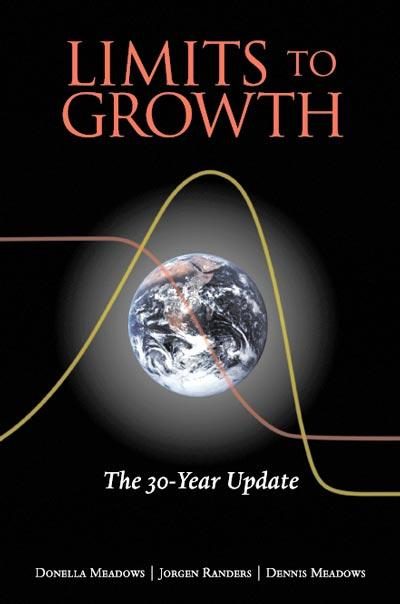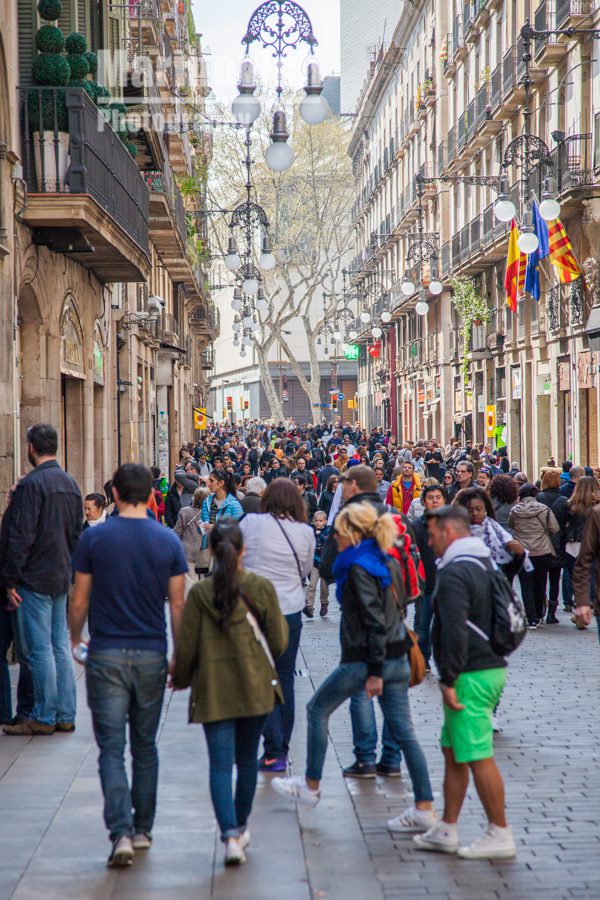
A sobering read about the limits to growth
Without a doubt, one of the scariest books I’ve read to date, and not because of the obvious reasons like climate change, overpopulation or lack of resources. It’s not scary because of the stark warnings and alarming content about the world we now live in. But, scary because thirty years have passed from its original publication (1972) and very little has changed.
It’s also not a book about global predictions. It’s about analysed closed–loop systems, feedback loops (+ and -) and all done with computer modelling. Looking at where we are in society today compared to thirty years ago, it appears that the vast majority of the models about populations, society and the planet, were correct back then.
As a species, we’re in serious trouble with our quest for never-ending economic growth, progress and consumption, all set against finite resources. We believe that we have time to change it all and that as the cleverest of the apes we’ll be able to innovate our way out of it. This is sadly no longer the case anymore, and only an economic collapse or major war will correct or reset this arrogant thinking.
Solutions will be tough to implement
Yet, we are able to join forces and make the global changes that are needed to ensure hope for our future. You only have to look back at our handling of the Ozone Layer with its global CFC problem. I’ll not go into all the scientific background because of the book itself, along with others, do a better job of explaining the basics. The issue of the hole in the ozone was first raised in 1974 by scientists, but it took 13 years (1987) until the Montreal Protocol was signed. Academics and politicians with the help of UNEP (United Nations Environmental Programme) pushed this protocol through in measured revisions. Despite the political hurdles, it proved that as a species, we could close ranks and fight an environmental challenge which we are responsible for. Imagine what we could do with overpopulation and all the issues that result from that, like climate change, species and habitat loss, poverty, and material disparity.
Sustainability on this planet is the only way forward, and this means drastically shrinking our ecological footprint. Our overpopulated planet is already in overshoot, and we can only limit the rapacious appetite for growth by shrinking our birth-rate. It’s a myth that you can be sustainable with an ever-increasing population.
A sustainable society is one that meets the needs of the present without compromising the ability of future generations to meet their own needs. We must be careful not to succumb to the despair for there is still the odd glimpse of hope – Edouard Saouma, 1973
So, what can be done?
Firstly, as a species, we have to acknowledge that there is a problem that needs solving, and secondly, that it’s going to take a massive change in the global attitude of politicians, religious leaders and the man in the street. We’ve been trying all manner of small solutions that merely scratch the surface.
Changing the world for the better involves slowing the population increase and the methods which we measure economic growth. We need to get away from the rush of consumerism that’s happened over the past 30 years. It’s not a coincidence that all the planetary issues have coincided with the rampant increase of industrialisation, globalisation and overconsumption. In saying that, which economist would ever want to support depopulation of the planet. That would mean a drop in growth (GDP) and consumerism would slow. It’s going to require a big change to our financial measurement systems. Voluntary change is needed, or it will be forced upon us. The book has three or four chapters which offer solutions to changing our dependency on growth. It also makes some salient points on how it is possible to have a small amount of growth in a sustainable environment.
Stopping the change that we’re living through can be likened to stopping a car that is about to hit a wall. You can press the brakes firmly, and in a controlled manner to bring the car to a halt. Or, you could simply crash into the wall and stop the car that way. Same result, but a very different outcome.
Slowing growth in population and weaning ourselves off our GDP addiction before we hit the planetary wall is the only logical solution. We have to strive for a more sustainable world through gradual degrowth while switching to a more sustainable way of life, or our children and grandchildren will have to do without most things that what we had.
The next thirty years
The Limits to Growth, the 30-year update is a comprehensive analytical comparison of two snapshots taken across three decades. By analysing the same models (just on a faster computer), it’s shown us that we are not tackling the global problems which we need to. The small efforts we have been employing in countries across the globe in the last thirty years are failing.
We cannot keep doing the same things to save the planet which are failing and expect the world to change. That is just plain stupid. Only a drastic change will make a difference at this point. Only jamming on the brakes now will avert a disaster in the next 30 years. Personally, I cannot see the collective will out there to do it in time. Buckle up, that wall is going to hurt.
Please click on the Subscribe button if you want to receive my newsletter with photographs, Print sales and giveaways and a free sign-up gift.










